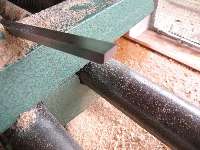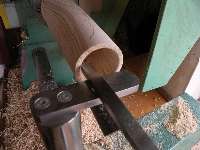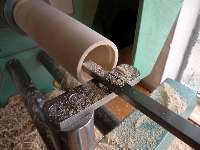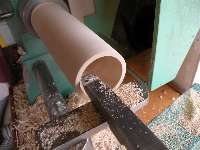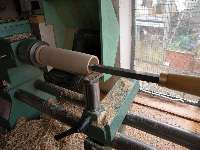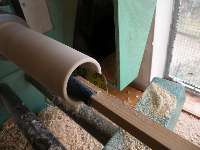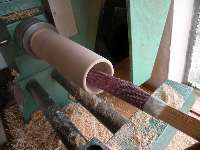hi all, been turning for a couple of months now, and now want to purchase a hollowing tool , i have looked about and am a bit confused , not sure what would be best for me. i do bowls to a max of about 4 inches and i enjoy turning goblets at the moment , but keep getting catches and was thinking a hollowing tool may help me. i am thinking about the Crown mini revolution hollowing tool , but am also looking at the Simon hope hollowing tool. i was thinking the crown may be better as the link head may come in useful at a later date when i gain more experience as i would like to try hollow forms in the future. any help and recommendations on these or any others that you think may suit my needs would be greatly revived
Tim
Tim





